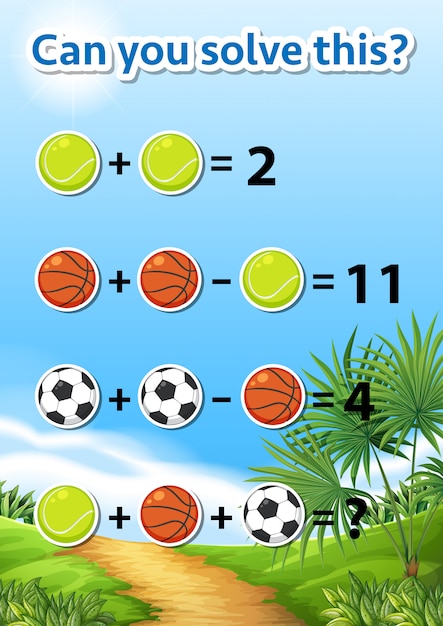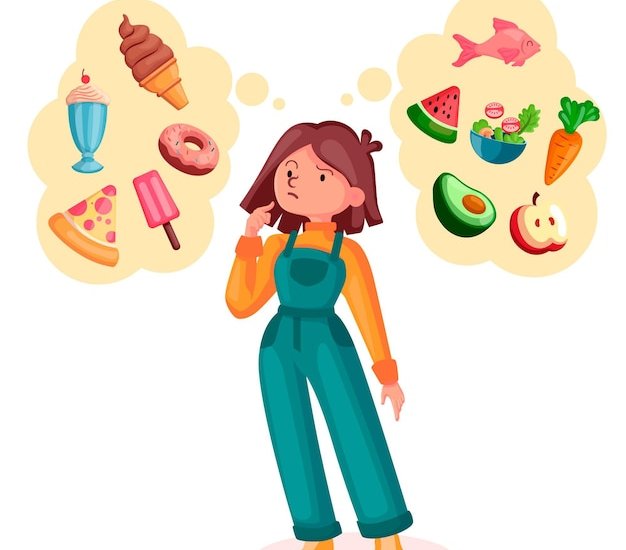Effective Strategies for Teaching Multiplication Facts

Multiplication is like magic, allowing numbers to grow and expand.
Teach multiplication facts with hands-on activities that make learning fun.
Use visual aids like multiplication charts and arrays to help students visualize the process.
Encourage students to think of multiplication as repeated addition.
Challenge students to find real-life examples of multiplication in their everyday lives.
Make use of multiplication games and interactive online resources to engage students.
Introduce songs and chants to help students memorize their multiplication facts.
Create a multiplication fact wall of fame to showcase students’ progress.
Break down the multiplication facts into manageable chunks for easier learning.
Incorporate technology by using educational apps and websites to reinforce multiplication skills.
Design group activities where students can work together to solve multiplication problems.
Help students understand the concept of multiplication using manipulatives such as counters or blocks.
Teach students to look for patterns in multiplication facts.
Relate multiplication to division to reinforce the relationship between the two operations.
Give students opportunities to explain their thinking and strategies for solving multiplication problems.
Provide daily multiplication challenges to foster a sense of competition and motivation.
Use storytelling to make multiplication facts more memorable and relatable.
Effective Strategies for Teaching Multiplication Facts part 2
Explore multiplication through art by creating arrays or patterns using colored pencils or markers.
Create a multiplication fact scavenger hunt, where students have to solve problems to find hidden clues.
Connect multiplication to real-world scenarios, such as calculating the number of items in a package.
Provide regular practice sessions to help students build fluency in multiplication facts.
Incorporate movement by having students physically act out multiplication problems.
Implement a reward system to recognize and celebrate students’ progress in learning multiplication facts.
Encourage students to create their own mnemonic devices or tricks to remember multiplication facts.
Play multiplication bingo to make practicing facts more enjoyable.
Use real-life objects like fruits or toys to demonstrate multiplication in a hands-on way.
Celebrate Multiplication Monday by starting each week with a fun multiplication activity.
Integrate technology through virtual manipulatives or online quizzes for interactive multiplication practice.
Have students create their own multiplication fact booklets to reinforce learning.
Connect multiplication to higher-level concepts like ratios and proportions.
Teach multiplication facts using multiple modalities, such as visual, auditory, and kinesthetic.
Create a multiplication cheat sheet with helpful strategies and tips for students to refer to.
Play multiplication memory games to improve recall of multiplication facts.
Use real-world word problems to apply multiplication in context.
Start with concrete examples and gradually move to abstract representations of multiplication facts.
Implement timed multiplication quizzes to improve speed and accuracy.
Encourage students to create their own multiplication riddles or puzzles for classmates to solve.
Teach the commutative property of multiplication to help students understand the interchangeability of factors.
Create a multiplication fact fortune teller, where students fold paper to reveal multiplication problems and answers.
Introduce multiplication through a game of I Have, Who Has, where students trade multiplication facts.
Incorporate movement breaks during multiplication lessons to keep students engaged and focused.
Show students how to use skip counting to quickly find multiples of numbers.
Use technology tools like interactive whiteboards or tablets to engage students during multiplication lessons.
Encourage students to explain their thinking and reasoning behind their multiplication strategies.
Make multiplication facts a part of daily routines, such as reciting them during calendar time or morning meetings.

